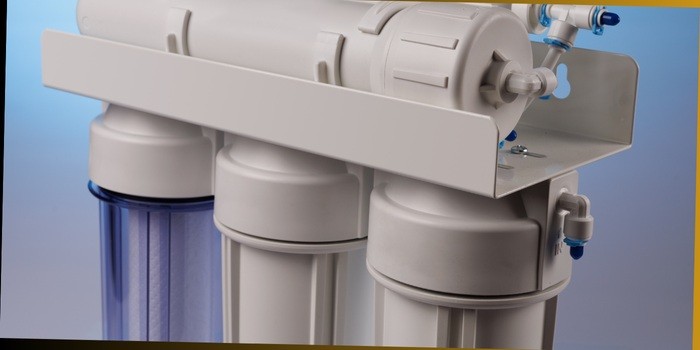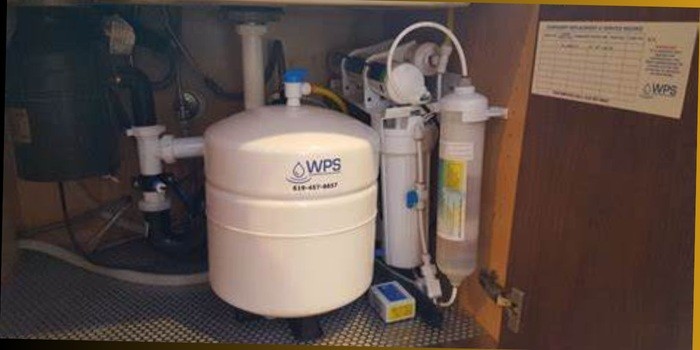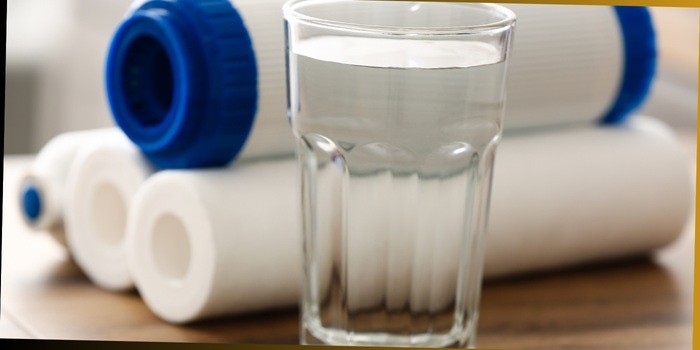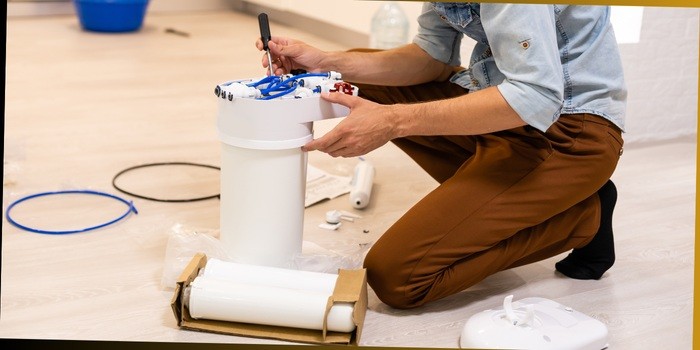Having clean drinking water is crucial for good health. RO water filters ensure this at home.
In today’s world, water quality often varies. Many households face issues with contaminants in tap water. RO (Reverse Osmosis) water filters offer a reliable solution. These filters remove impurities, making water safe to drink. They are essential for ensuring your family’s well-being.
With an RO water filter, you can enjoy fresh, clean water every day. Investing in one for your home is a smart choice. This article will guide you through the benefits of using an RO water filter and why it is a must-have for every household. Stay tuned to learn more about how it can improve your water quality and health.

Credit: aquapure.org.pk
Benefits Of Ro Water Filters
Discover the numerous benefits of RO water filters for your home. RO, or Reverse Osmosis, filters are a popular choice for many households. They offer clean, safe, and tasty water. Let’s explore the top benefits of using RO water filters.
Improved Health
RO water filters remove harmful contaminants from your water. These include lead, chlorine, and bacteria. Drinking purified water reduces health risks. It helps in preventing waterborne diseases. Clean water is vital for overall wellness. RO filters provide this assurance.
Better Taste
RO water filters enhance the taste of your drinking water. They eliminate unpleasant odors and flavors. This makes your water more enjoyable to drink. Cooking with filtered water also improves food taste. Say goodbye to metallic or chemical tastes. Enjoy fresh, pure water every day.

Credit: wateranywhere.com
How Ro Water Filters Work
Ever wondered how RO water filters work their magic to give you pure, clean water? It’s not rocket science, but it’s pretty fascinating. RO, or Reverse Osmosis, is a process that forces water through a semi-permeable membrane, leaving impurities behind. Let’s dive into the details of this amazing process and its multiple stages. Trust me, it’s as cool as it sounds!
Reverse Osmosis Process
At its core, reverse osmosis is all about pushing water through a very fine membrane. Imagine this: you have a colander and you’re trying to strain spaghetti, but instead of spaghetti, you’re straining out things like salt, bacteria, and other contaminants. The water molecules are small enough to pass through the membrane, but the impurities are not.
The process starts when water pressure pushes tap water through the RO membrane. This membrane only lets pure water molecules pass, while contaminants are flushed away. It’s a bit like a bouncer at a club, only letting the right “people” in!
Filtration Stages
Now, you might be thinking, “Isn’t one stage enough?” In reality, most RO systems have multiple stages to ensure your water is as clean as it gets. Let’s break it down:
- Pre-Filtration: This stage removes large particles like dirt and sand. Think of it as the initial rinse before the deep clean.
- Carbon Filter: This filter tackles chlorine and other chemicals that can affect taste and smell. It’s like using a deodorant for your water.
- RO Membrane: This is the heart of the system, where the actual reverse osmosis happens. It’s incredibly effective at removing even the tiniest impurities.
- Post-Filtration: After the RO membrane, there’s usually another carbon filter to catch any remaining particles. Consider it a final polish.
- Storage Tank: Clean water is stored in a tank, ready for you to use. It’s like having a mini reservoir right in your kitchen.
- Polishing Filter: Just before the water comes out of your tap, it passes through one last filter to ensure it’s perfect. A bit like a final quality check.
Each of these stages plays a crucial role in ensuring your water is pure. They work together to remove everything from tiny particles to chemicals, leaving you with nothing but clean, great-tasting water.
So, next time you take a sip of your filtered water, you’ll know exactly what went into making it so pure. Isn’t it amazing how a little bit of science can make such a big difference in our everyday lives?
Choosing The Right Ro Water Filter
When it comes to ensuring clean and safe drinking water for your home, choosing the right RO water filter is crucial. With so many options available in the market, it can be overwhelming to select the perfect one. This guide will help you understand what to look for in an RO water filter, how to maintain it, and why investing in one is essential for your family’s health.
Key Features To Consider
Choosing the right RO water filter involves looking at several important features. Here are some key aspects you should keep an eye on:
- Filtration Stages: Different models offer varying stages of filtration. The more stages, the better the purification process. Look for at least a 5-stage filtration system for optimal results.
- Storage Capacity: Consider the size of the storage tank. A larger tank is beneficial for bigger families or areas with frequent power outages.
- Filter Life and Replacement Cost: Check how often you’ll need to replace filters and the cost involved. Some filters last longer and are more cost-effective in the long run.
- Water Pressure Requirement: Ensure the filter can operate efficiently under the water pressure available in your home.
- Certifications: Look for certifications from reputable organizations like NSF or WQA, which guarantee the filter’s effectiveness and safety.
Maintenance And Care
Once you’ve chosen the right RO water filter, proper maintenance is essential to ensure its longevity and performance. Here’s a simple guide to keep your filter in top condition:
- Regular Filter Replacement: Change the pre-filters, post-filters, and RO membrane as recommended by the manufacturer. This usually ranges from 6 months to 2 years, depending on usage and water quality.
- Sanitize the System: Every 6-12 months, sanitize the entire system to prevent bacterial growth. Follow the manufacturer’s instructions for the best results.
- Check for Leaks: Periodically inspect the system for any leaks. Tighten loose connections and replace any damaged parts to avoid water waste and potential damage.
- Monitor Water Quality: Test the water quality regularly to ensure the filter is working correctly. If you notice a decline in water taste or quality, it might be time to replace the filters or have the system serviced.
Maintaining your RO water filter may seem like a chore, but it ensures you always have access to clean and safe drinking water. Plus, it’s worth the peace of mind knowing your family is protected from harmful contaminants.
Choosing the right RO water filter can make a world of difference in your daily life. With the right features and proper maintenance, you’ll enjoy fresh, clean water every day. So, take the plunge and invest in a quality RO water filter for your home – your health will thank you!
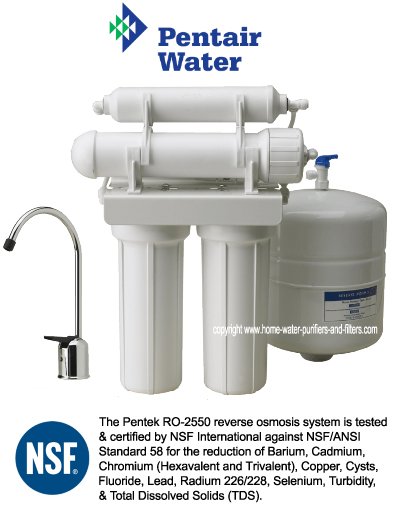
Credit: www.home-water-purifiers-and-filters.com
Frequently Asked Questions
Is Drinking Ro Water Good For You?
Yes, drinking RO water is generally good for you. It removes contaminants, providing clean and safe drinking water.
What Is The Disadvantage Of A Reverse Osmosis Filter?
Reverse osmosis filters waste a significant amount of water. They can remove beneficial minerals. Installation and maintenance are costly.
What Cannot Be Removed By Reverse Osmosis?
Reverse osmosis cannot remove dissolved gases, some pesticides, solvents, and volatile organic chemicals.
How Much Does A Whole House Ro System Cost?
A whole house RO system typically costs between $500 and $3,000, depending on the brand and features. Installation may add extra fees.
What Are The Benefits Of Using An Ro Water Filter?
RO water filters remove impurities. They provide clean, safe drinking water. They also improve taste.
Conclusion
A RO water filter is a great investment for your home. It ensures clean, safe drinking water. Easy to install and maintain. Improves taste and removes harmful substances. Protects your family’s health. Saves money compared to buying bottled water. Choose a reliable brand for best results.
Enjoy peace of mind with pure water every day. Make the smart choice for your home. Stay healthy and hydrated.

